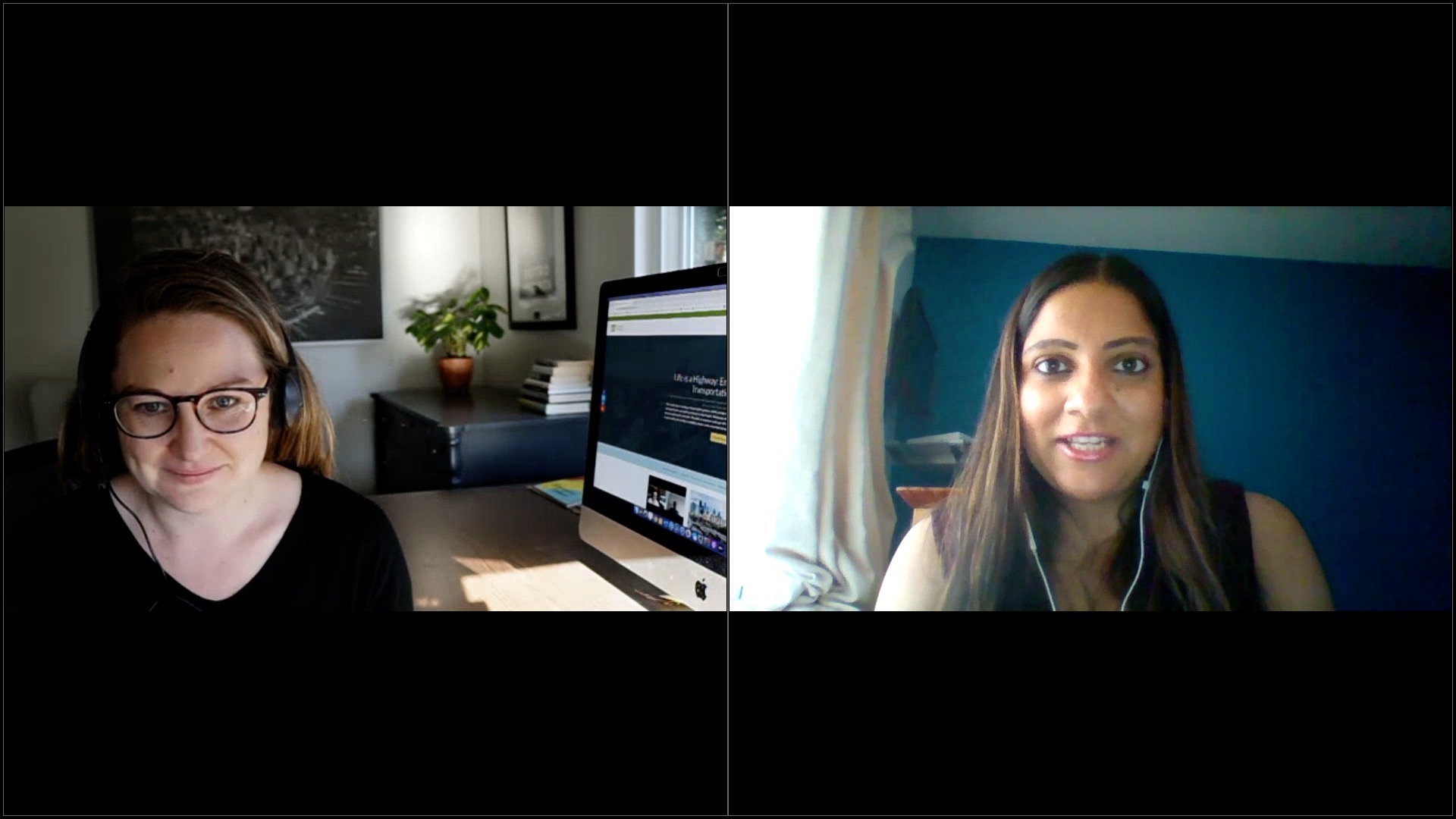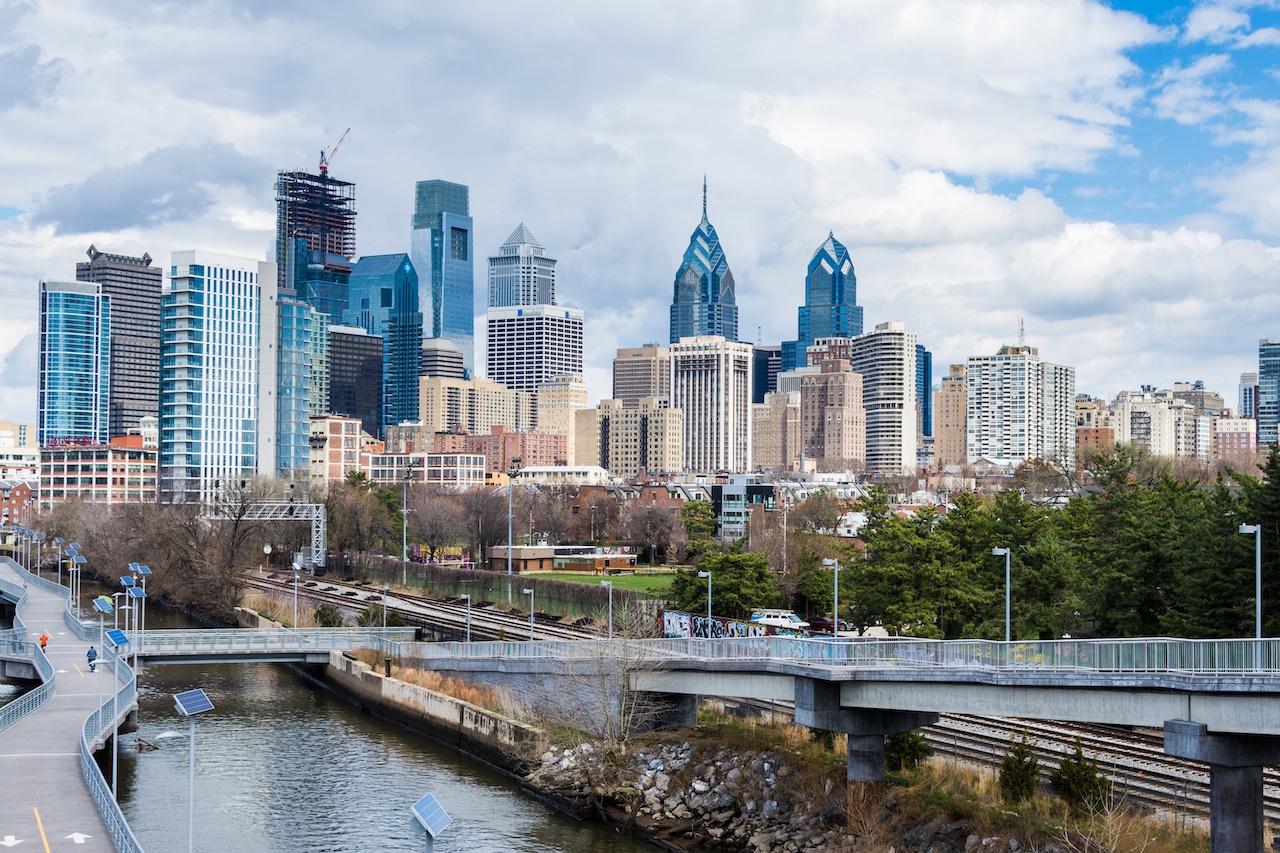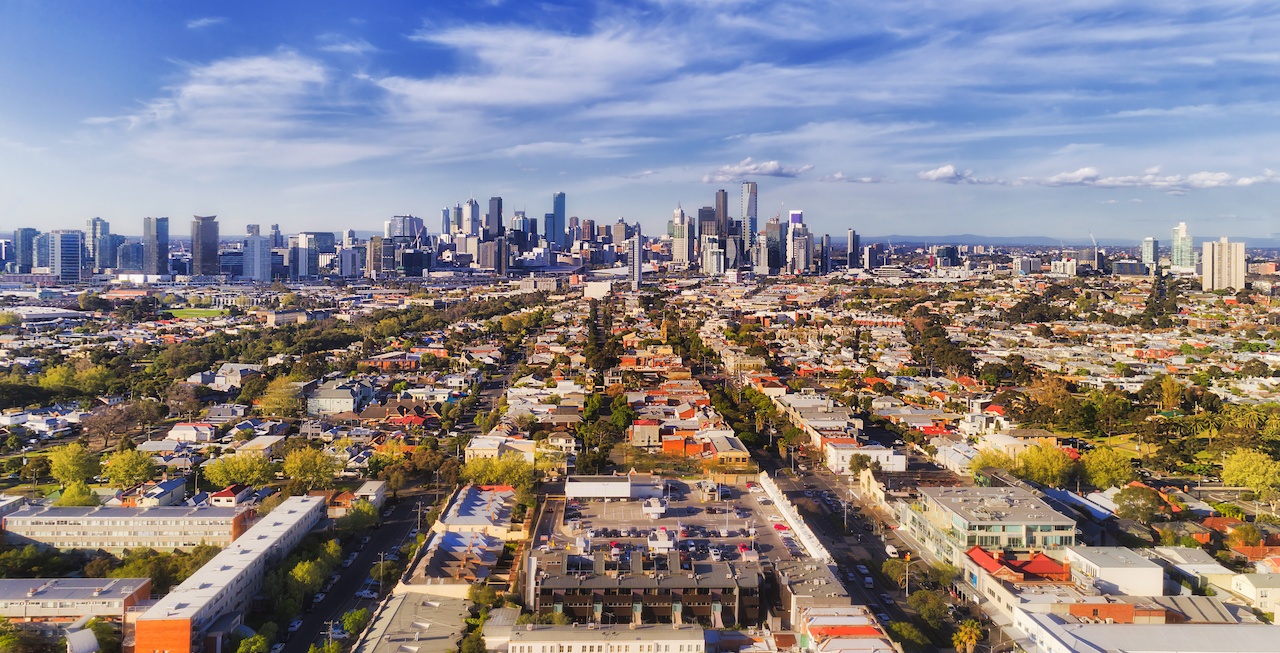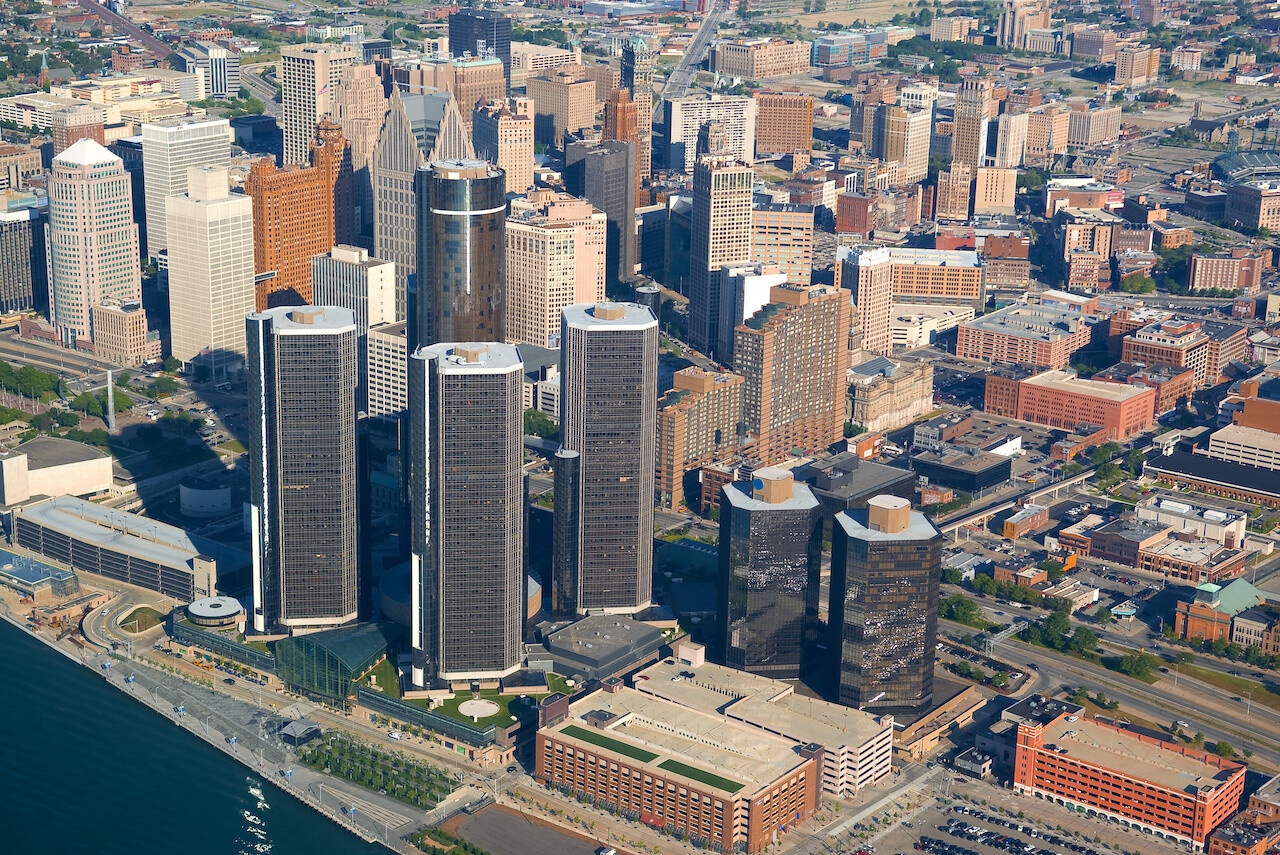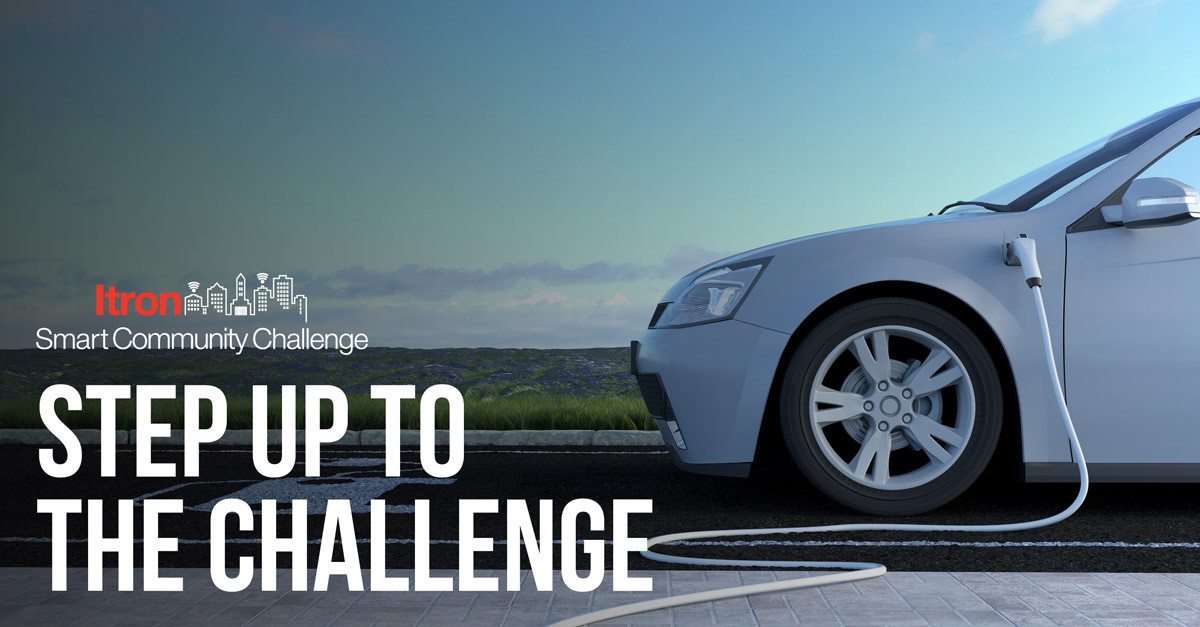Technology
A broad category of content focused on technology in cities.
Examples: IoT, privacy, software, hardware, innovation, connectivity
Optimization Tools to Help Transit Agencies Recover
I spoke last week with Krishna Desai from Cubic Transportation, and we discussed three big problems facing transportation, and the ways that Cubic is approaching these challenges:
1) If (or when) more workers return to traditional on-location jobs, but feel a lingering distrust of crowded spaces, people who can afford it may opt for private cars instead of using public transit for their commute. This will create a massive influx of cars on roads that were already crowded, and more financial woes for transit agencies already dealing with budget shortfalls. Krishna told me about a suite of optimization tools Cubic is deploying in places like Mexico and San Francisco to make public transit more efficient, more transparent, and, overall, more attractive to riders.
2) For the time being, though, we’re dealing with the opposite problem. How can transit agencies find ways to influence user behavior in a way that complies with social distancing and capacity requirements? How can you incentivize riders to wait for the next bus? (In a way that doesn’t alienate them forever – see #1). Cubic has deployed a loyalty/advertising program in Miami-Dade County that was originally intended to increase ridership, but is now being used to help control crowding and social distancing on transit.
3) Transportation infrastructure, in generally, was not built to accomodate 6-feet of separation between riders – or between workers. Little things like, for example, opening gates, requires workers to be closer than 6-feet to riders, and there are examples like that throughout every transit hub. Technology can help, but creating and implementing software/hardware solutions quickly and efficiently requires experience with innovation, deployment, maintenance and more. Cubic has a program called Project Rebound that shows the possibilities.
Equitable Stakeholder Engagement in a Remote World
At Connect the Dots, it is our mission to build better cities, towns, and neighborhoods through inclusive, insight-driven stakeholder engagement. We help community, private, and public sector partners to develop creative solutions that move projects and cities forward. Engagement is at the heart of this pursuit, which is why we are sharing our practices with you.
When you decide to take your engagement activities online, we encourage using tools that are functional on a wide range of devices including basic smartphones, tablets, laptops, and desktop computers. We have also developed remote but non-virtual options to bridge the digital divide.
Using Smart City Technology to Adapt to COVID Mobility Preferences
As cities continue to fight against COVID-19, citizens are changing their commuting preferences to adjust to a new way of life. Cities across the globe have experienced significant increases in the number of pedestrians, cyclists, and private cars on the roads as a result of public transport restrictions and social distancing requirements. This has created many new challenges, as cities previously dependent on public transport must now adapt to accommodate more vulnerable road users, such as pedestrians and cyclists.
Communications Networks Are Key to Bridging the Digital Divide
The current reality of a worldwide pandemic, combined with the ability to communicate worldwide digitally, have almost instantly reshaped the world. It will never be the same again. And while our future may not always be one of masks and social distancing, it is sure...How Blockchain Provides the Missing Links in Climate Action
The blockchain could be the missing link that brings consumers, businesses, and investors together on climate change. Built for peer to peer collaboration around shared, yet immutable ledgers, it lets us account for carbon emissions and transfer verifiable climate action through the supply chain.
Blockchain allows calculated emissions from each business to be tokenized and passed through to its supply chain partners to use in their emissions calculations. For example, a token could be issued based on the dollar amount, unit quantity, or volume of the company’s products. This would allow emissions calculations to be passed through the supply chain, so that the effects of a company’s emissions reductions and climate actions would be transparent.
Back to Normal? Cities Say, ‘No Thanks’
The pandemic has fundamentally changed our perception of how we can live, work, and move. We’ve figured out how to get goods and services without jumping in the car. We’ve learned that all sorts of jobs can be done from home offices. And we’ve learned that people like, and want, to walk and bike as part of their daily journey. Cleaner air, quieter neighborhoods, and healthier residents can be among the positive outcomes of the crisis for cities that were on their heels with traffic and congestion before. Smarter mobility can help retain these benefits.
Laying the Foundation for Smart Communications Networks
Advanced communications networks pave the way for data mining and real-time crowdsourcing across social media platforms. For example, StreetLight Data, based in San Francisco, combines Big Data with transportation knowledge to enable smarter mobility. In Columbus, Ohio, the company has identified a link between transportation issues and infant mortality rates, noting that low-income neighborhoods often do not have easy access to health care facilities, and by using transportation data, the city can increase accessibility and reduce mortality rates.
Encouraging Civic Engagement with What Matters Most to Residents
OurStreets origins are rooted in capturing latent sentiment on social media and converting it to standardized data. It all started in July 2018, when OurStreets co-founder, Daniel Schep, was inspired by the #bikeDC community tweeting photos of cars blocking bike lanes, and built the @HowsMyDrivingDC Twitter bot. The bot used license plate info to produce a screenshot of the vehicle’s outstanding citations from the DC DMV website.
Fast forward to March 2020, and D.C. Department of Public Works asking if we could repurpose OurStreets to crowdsource the availability of essential supplies during the COVID-19 crisis. Knowing how quickly we needed to move in order to be effective, we set out to make a new OurStreets functionality viable nationwide.
One Approach for Cities to Recoup Lost Revenues Due to COVID-19
We encourage public sector partners to think about data monetization as a spectrum of opportunities. On one end, there’s indirect monetization, which refers to the obvious idea of getting more value from data by doing more with what already exists. That could mean putting data in a more accessible form or location; sharing it across departments more effectively; or mining it more deeply to identify potential operational insights, anomalies, or efficiencies.
On the other end of the spectrum is the idea of direct monetization, meaning new, incremental revenue flowing directly to the city in exchange for the rental, purchase, or limited use of the city’s data. This is approach requires some focus and a proactive sales effort, but can deliver attractive, meaningful revenue streams.
In the middle of the spectrum is what we think of as the Hybrid opportunity. This is often where cities are most comfortable getting started, since its initial focus is on ensuring that the municipality is getting fair value for the time, effort, and costs of the city’s current efforts supplying data to other entities.
Data Fluency is an Antidote to Fear and Apathy
There are already more than 60 COVID-19 vaccines in the works. When interconnected individuals with a common goal pool knowledge and share their assets, we experience unparalleled advances. Data fluency is foundational to societal and civic engagement. It can invigorate constituencies and shift systemic power dynamics. At a time when we trust fewer entities to watch our backs and we can become crippled by fear and powerlessness, data fluency can help us find and activate opportunity narratives.
The prevalence of data in our lives represents the need to repeatedly evaluate trade-offs. Narratives have power, as fellow management consultant John Hagel reminds us: “every successful social movement in history has been driven at its core by a narrative that drove people to do amazing things.” Powerful narratives can drive us to act or prevent us from taking action via distraction or disinformation. Predictive analytics are being employed across many sectors, often without our knowledge and sometimes in violation of laws. In order to exercise agency, we need to understand who controls the narratives coloring our daily realities.
COVID-19 is Creating the Largest Ever Telecommunity, But Not for Everyone
Social distancing is becoming the new normal, at least for those of us who are heeding the Center for Disease Control’s warnings and guidelines. But if you don’t have reliable, high-speed broadband, it is impossible to engage in what is now the world’s largest telecommunity. As many schools and universities around the world (including those of my kids) are shut down, these institutions are optimistically converting to online and digital learning. However, with our current broadband layout, this movement will certainly leave many Americans behind.

